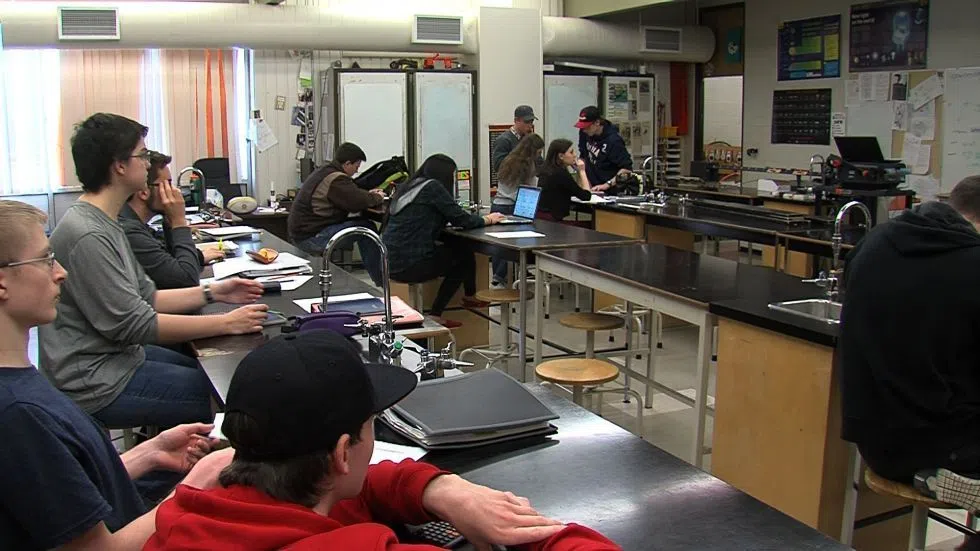
KTTA launches campaign to outline class size, composition violations
KAMLOOPS — When the Supreme Court of Canada ruled in favour of B.C. teachers in November 2016, there was hope the more than decade-long battle over class size and composition was over.
But if you ask the Kamloops Thompson Teachers Association, the fight is still on.
“The composition of students is a little bit better. It’s not significantly better,” said Laurel MacPherson, the vice-president of the Kamloops Thompson Teachers Association. “I don’t know if we have seen much of a change at all. It doesn’t look any different than it did before.”
“Teachers are asking ‘what was the point in going through all of this? We don’t see a lot of change.”


